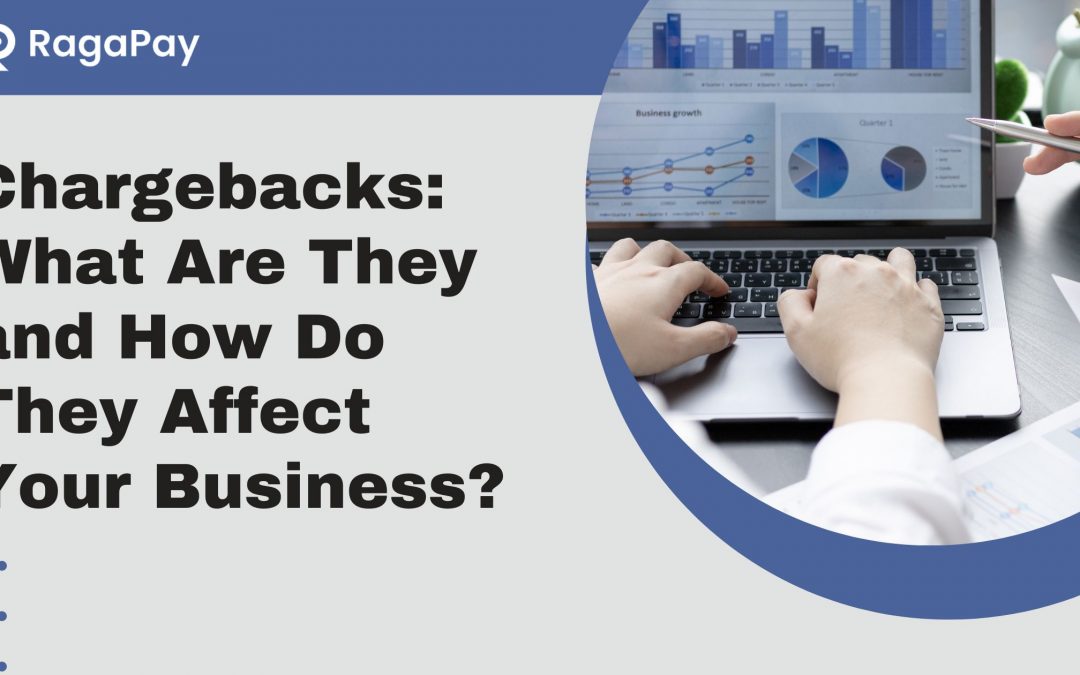Chargebacks are a big problem that online stores need to be ready for. Some high-risk merchants don’t know what chargebacks are or how they affect their business until they have to deal with them. This makes them more likely to have their business growth slow down. Chargebacks on credit cards are one of the most common problems that online businesses face when they get paid digitally.
Chargebacks are something that every business owner should know about and understand how they work. By taking the right steps to stop chargebacks, you can protect your business from fraud, improve customer satisfaction, and boost sales.
What does “Chargeback” mean?’
Chargebacks are disputed transactions that happen when a client asks their card-issuing bank to look into a charge that was made on their card. When a customer wins a chargeback, the merchant gives him his money back. This is done to protect customers from making purchases that are illegal or fraudulent.
Chargeback claims are made for many different reasons, such as a stolen credit card, a broken or faulty item, bad customer service, double payments, and so on. Obviously, some of these claims are true, but many scammers use their credibility to their advantage. Many businesses and industries lose millions of dollars every year because of fake chargebacks and customers who are not who they say they are. Even though the merchant can fight the chargeback by giving their bank paperwork and proof, the customer usually wins the dispute.
Even though it is impossible to stop every chargeback, businesses should do everything they can to find out where these claims come from and take steps to stop them.
Why is it important to prevent chargebacks?
When a customer files a chargeback, the customer’s card issuer looks into it. Most of the time, the issuer finds favour with the customer. So, the store gives the money back to the customer.
- A business forfeits any possible profits, marketing/advertising expenses, and the amount the customer paid if it loses a chargeback appeal. To handle chargebacks and investigate them, the majority of payment service providers impose steep fees.
- Multiple refund claims hurt how people see your business. Most payment service companies and other financial institutions look at your chargeback rate before giving you money or giving you other services. It is calculated by dividing the total number of chargebacks by the total number of purchases. If this number is over 1%, your account may be closed. PSPs will think it’s too risky to work with you, so they’ll charge you a lot.
- Businesses lose a lot of money when customers and income are lost because of chargebacks. Most people who file a chargeback get their money back, but they never buy from that merchant or company again. Any business needs to make sure their customers are happy, and unhappy customers can file chargebacks.
Ways to Prevent Chargebacks
1. Have clear business policies and give your people good service.
Before buying anything from your store, customers should be able to look at your policies and terms and conditions. Everything about the purchase, payment, shipping, delivery, refunds, and so on should be completely clear. You should also work with reputable shipping and delivery companies to make sure your products get there on time and in good condition. To avoid unwanted chargeback claims, you should focus most of your attention on improving customer service and making sure your customers are happy.
2. Don’t sell anything that is fake or broken.
Many customers file chargebacks when they are unhappy with the quality of the product or receive broken goods. Make sure the products you sell in your online store are of good quality and have clear descriptions so that customers know what they’re getting.
3. Use payment methods with more than one layer.
When a card isn’t there, there is a high chance that the transaction won’t go through. Online stores should work with payment service providers that are safe and reliable and use high-quality technologies to stop fraud. Top payment gateways make it possible for people to pay quickly and easily.
Friendly fraud and other scams can be stopped with tools like chargeback notifications, email and phone verification, fingerprint sensors, buyer limits, card verification tools, order confirmation tools, and more. This is one of the best ways to stop chargebacks and give your customers a better shopping experience.
4.Keep thorough records of all sales and chargebacks.
All of the information about sales, refunds, exchanges, chargebacks, and other transactions must be collected, kept, and analysed on a secure platform. With these numbers and facts, you’ll always know what’s going on. If a customer files a chargeback, you’ll have clear transaction data to use in your investigation and appeal.
Most payment service providers let businesses add this information to their systems in a safe way. So, it’s easier to handle chargebacks, and you might be able to predict future customer disputes or chargeback claims.
Conclusion
Even though e-commerce is growing, more and more customers are asking for their money back. Some customers ask for chargebacks even when they don’t have a good reason to. This costs merchants a lot of money and profits. Businesses need to do everything they can to avoid this problem.
High-security payment gateways like Ragapay are recommended for safe transactions, safe storage of payment data, and safe monitoring of chargebacks. We know it’s hard, but not impossible, to lower the chance that customers will ask for their money back.

